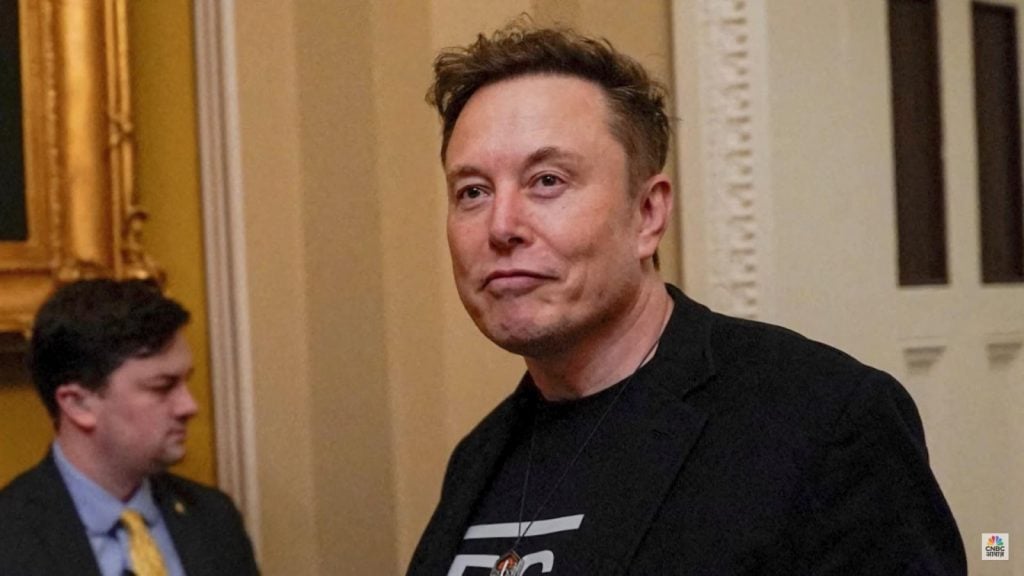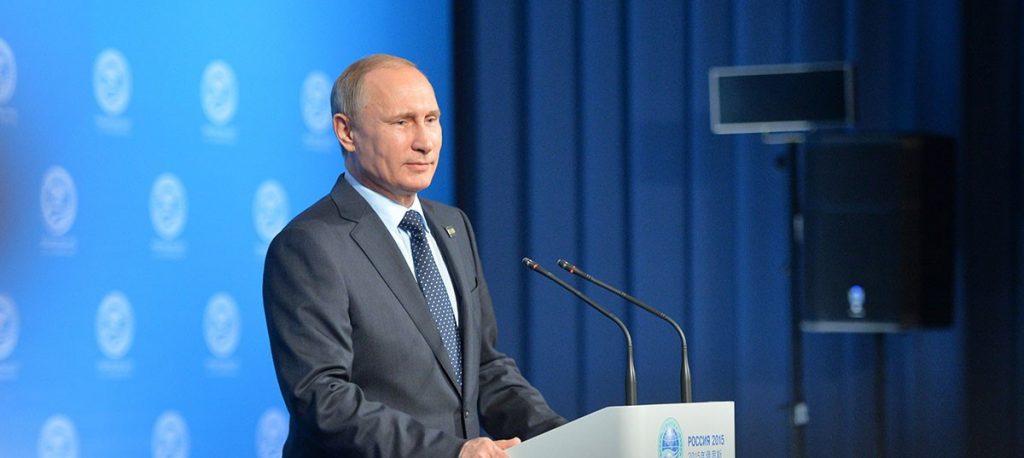Trump’s Tariffs Push the EU Toward Asia. Will This Trade Pivot Succeed?
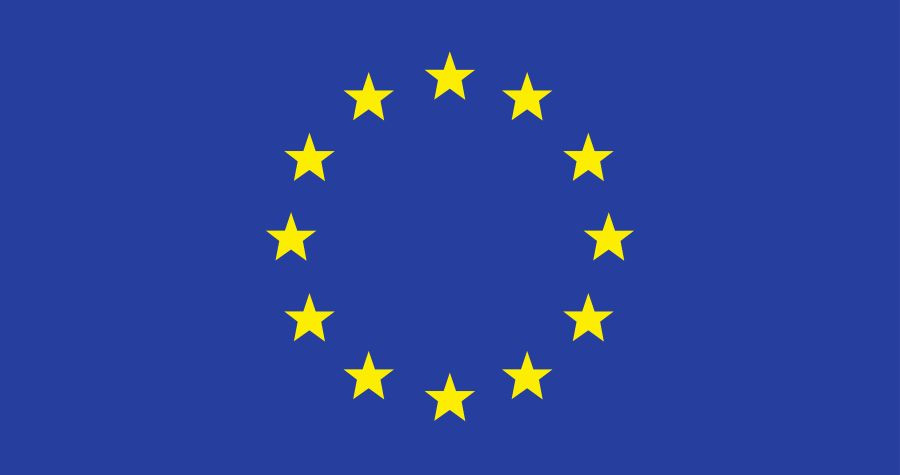
What inspired the EU-Asia trade strategy in response to U.S. tariffs?
The world of global trade is changing fast. With tensions rising over U.S. tariffs, the European Union (EU) is looking to Asia for new opportunities.
This shift is a bold move led by EU chief Ursula von der Leyen. But can this new strategy succeed? Let’s explore what this means, why it’s happening, and whether it will work.
EU-Asia Trade Strategy: Why Is Europe Pivoting?
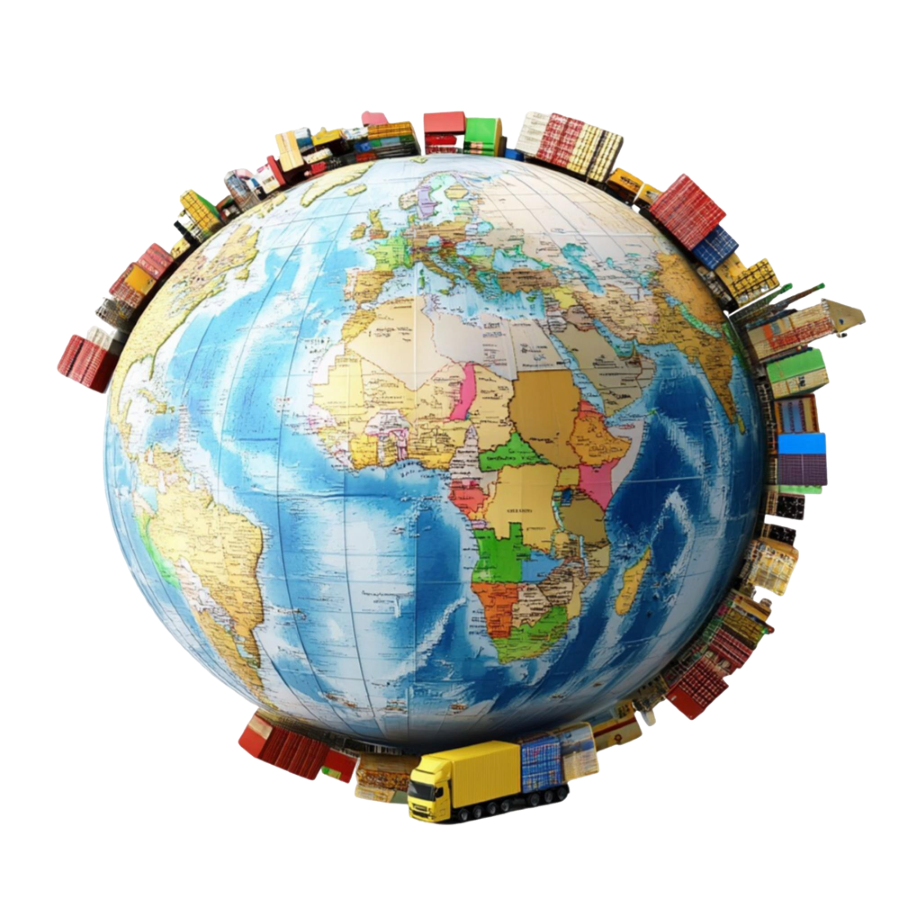
The EU is frustrated with U.S. President Donald Trump’s trade policies. His tariffs, which could reach up to 50% on EU goods by July 2025, have pushed the EU to find new partners.
Instead of relying on the U.S., the EU is reaching out to the Comprehensive and Progressive Agreement for Trans-Pacific Partnership (CPTPP).
This group includes 12 countries like Japan, Australia, Canada, and Mexico, which together with the EU account for 30% of global trade. The EU hopes to build stronger ties with these nations to create a stable, rules-based trade system.
This move isn’t about cutting ties with the U.S. entirely, but about finding reliable partners who share the EU’s trade values.
Challenges and Opportunities
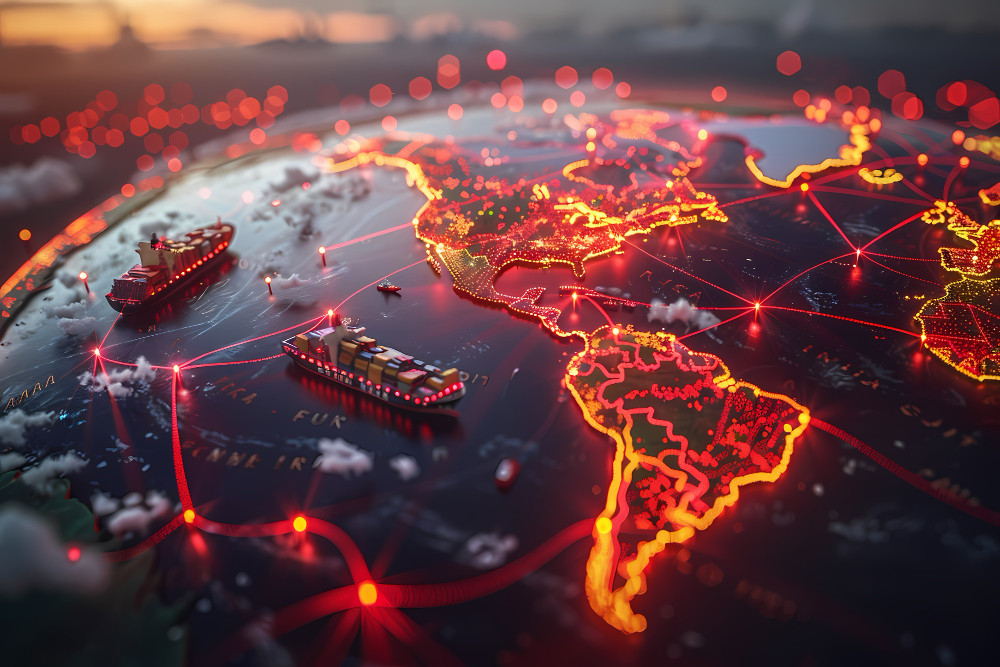
Joining hands with the CPTPP could open new markets for the EU. Countries like Japan and Canada are eager to work with the EU, and the United Kingdom, a recent CPTPP member, supports this partnership.
The EU has already started talks with countries like Malaysia and India to expand trade deals. However, challenges remain.
Trump’s unpredictable tariffs create uncertainty, and some EU countries, like France, prefer protectionist policies over open trade.
Additionally, Asia’s economies, especially in Southeast Asia, are heavily tied to China, which could complicate the EU’s plans.
Still, the EU’s large market and commitment to fair trade make it an attractive partner for Asia.
Will the Strategy Work?
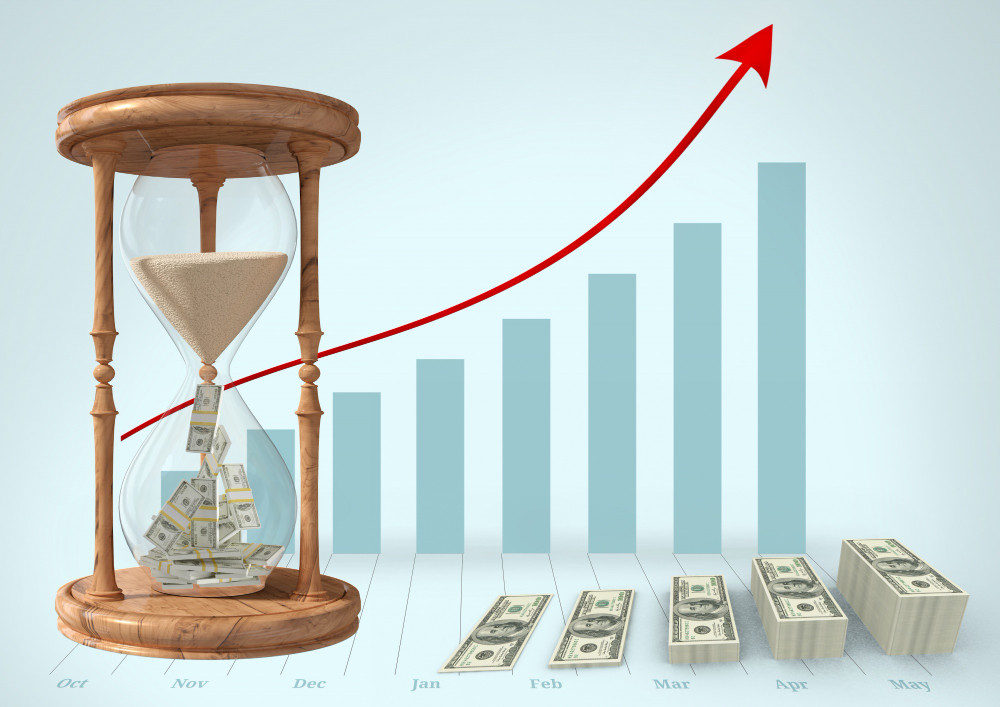
The success of the EU’s Asia-focused strategy depends on several factors. First, the EU must navigate negotiations with CPTPP countries carefully to avoid conflicts with existing trade agreements.
Second, it needs to balance its own internal differences, as some member states are more open to free trade than others.
Finally, the EU must prove it can be a reliable partner in a world where trade rules are shifting. If successful, this strategy could reduce the EU’s dependence on the U.S. and strengthen global trade networks.
However, if Trump’s tariffs escalate or if Asia leans closer to China, the EU’s plan could face setbacks. For now, the EU is betting on Asia to secure its economic future, and the world is watching closely.
You might also want to read: Asian Stocks Crash After Trump Calls Tariffs “Medicine”
